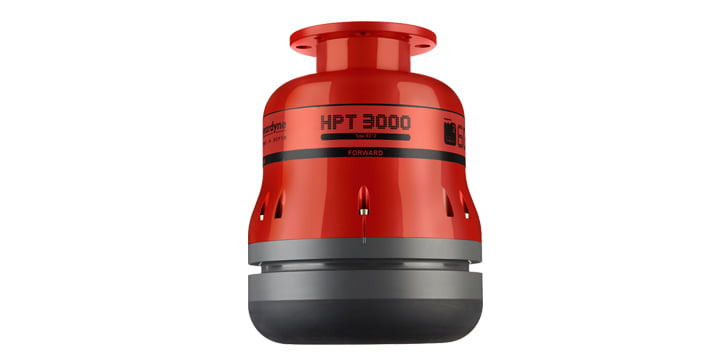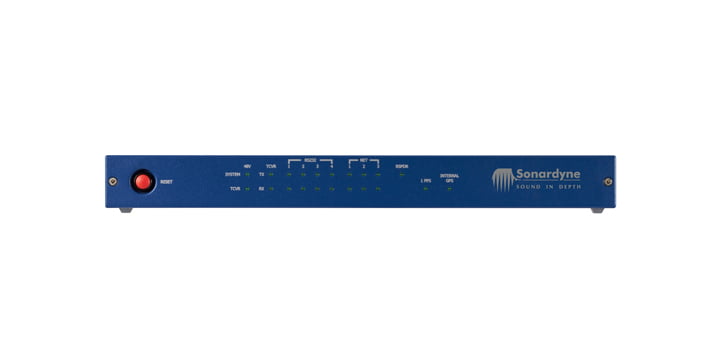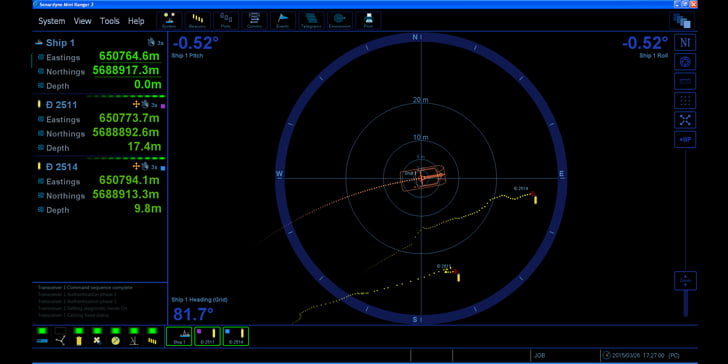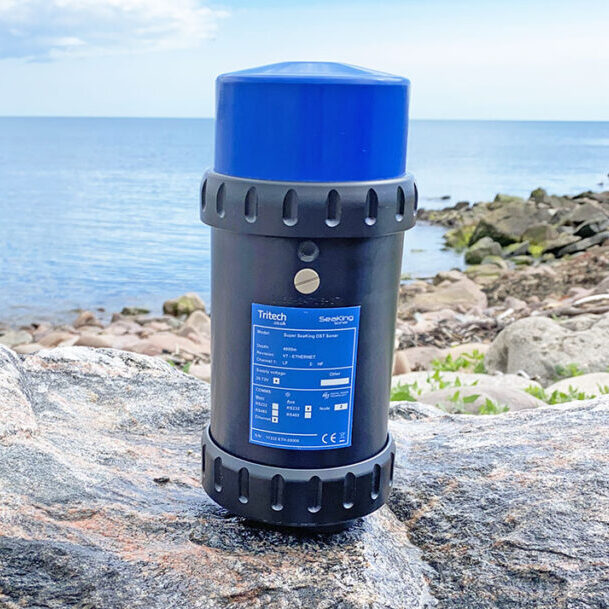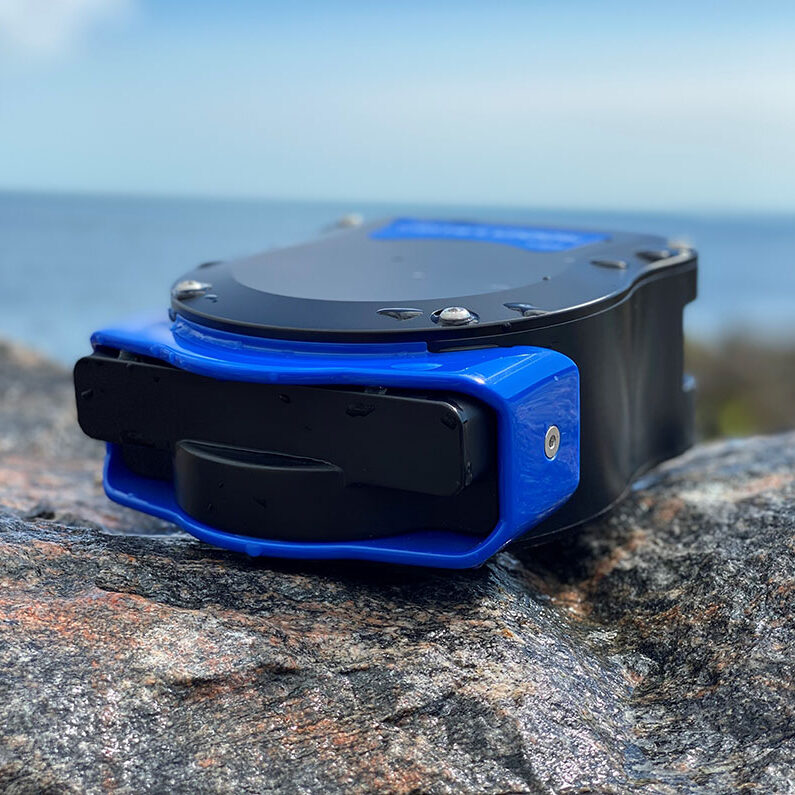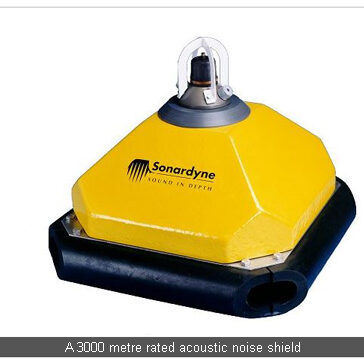Sonardyne Mini-Ranger 2 USBL Tracking
Mini-Ranger 2 is a sixth-generation (6G) Ultra-Short BaseLine (USBL) underwater positioning system. It offers a standard operating range of 995 metres (extendable up to 4,000 metres with Extended Range pack) and the ability to simultaneously track up to 10 subsea targets (e.g. divers, ROVs and structures) at very fast update rates
Description
These features make Mini-Ranger 2 ideal for nearshore operations on small, quiet vessels, vessels of opportunity, pipelay and construction barges that need survey grade positioning performance without the cost and complexity of a deep water USBL solution.
Mini-Ranger 2 calculates the position of an underwater target by measuring the range (distance) and bearing (heading) from a vessel-mounted transceiver to an acoustic transponder fitted to the target; a technique known as Ultra-Short BaseLine (USBL) positioning. One of the main advantages of the USBL technique is that no other in-water acoustic equipment has to be deployed before underwater operations can commence. Only the targets being tracked need to be equipped with a transponder.
The Sonardyne 6G and Wideband 2 technology inside Mini-Ranger 2 USBL systems offer precise acoustic ranging and hardware that is easier to set up and operate, even in the most challenging subsea operating environments. These features improve the efficiency of subsea survey operations, reduce vessel delays and generate cost savings for owners.
Mini-Ranger 2 is compact and highly portable, comprising the 1U-high (desk or rack-mounted) Ethernet Serial Hub (ESH), HPT 3000 acoustic transceiver and software which is installed on the user’s own PC or ruggedised laptop1. A wide range of Sonardyne 6G mini transponders can be used with Mini-Ranger 2 allowing the user to select the most appropriate beacon for the task in hand. These include; Wideband Sub-Mini 6+ (WSM 6+), Wideband Release Transponder 6 (WRT 6), Wideband Mini Transponder 6 (WMT 6) and the new ultra-small Nano.
1 The recommended minimum PC specification is shown below:
- Intel® core i7 2.6 GHz processor
- 8 GB RAM
- 10 GB of free disk space
- Graphics card with DirectX® V10 or later
- Windows® 7 or Windows 10 Professional (UK English version)
Mini-Ranger 2 Overview
HPT 3000
At the heart of Mini-Ranger 2 is the new HPT (High Performance Transceiver) 3000 transceiver. Small and lightweight, HPT 3000 is perfect for installation on very small boats using temporary, over-the-side deployment arrangements.
The transceiver features a new design of receiver array and transmitter which are optimised to provide excellent performance in shallow water, at high elevations, as well as in deeper water. USBL precision is dependent on the baseline between the receiver elements and signal to noise. This is where the HPT 3000 excels in that the larger diameter array provides excellent precision and noise rejection, dramatically better than USBL systems on the market with much smaller diameter arrays.
A key new feature of the HPT 3000 is that communications are all Ethernet based. This means connection to the topside computer (via the Ethernet Serial Hub) is simple and user friendly as it can be connected through a ship’s network via a single network socket – eliminating challenging USB to serial drivers and their associated compatibility problems. Ethernet based communications also enable improved in-water diagnostics, permitting the operator to both listen to, and visualise signals, and noise in the water. The HPT 3000 is available in durable Aluminium Bronze or lightweight Aluminium Alloy.
SOFTWARE
Mini-Ranger 2 uses the same modern and intuitive software as Sonardyne’s deep water USBL system, Ranger 2, ensuring users quickly become confident in its use. An extensive set of tools are included to allow the user to optimise the system performance, including real-time audio and visual signal and noise analysis displays. Sonardyne’s CASIUS calibration tool is also included to correctly calibrate gyro and VRU offsets, and so improve positioning accuracy. There is a built-in calibration routine of the internal magnetic sensor to minimise the time between installation and tracking.
ETHERNET SERIAL HUB
With Mini-Ranger 2, the Ethernet Serial Hub provides a single, but all encompassing, robust interface between peripheral sensors, acoustic instruments, mains power and the software running on the PC. Communications are all Ethernet based, ensuring connection through a ship’s network and eliminating the requirement for all equipment to be co-located on the bridge. The Ethernet Serial Hub also supports responder trigger and 1PPS synchronisation across systems.
